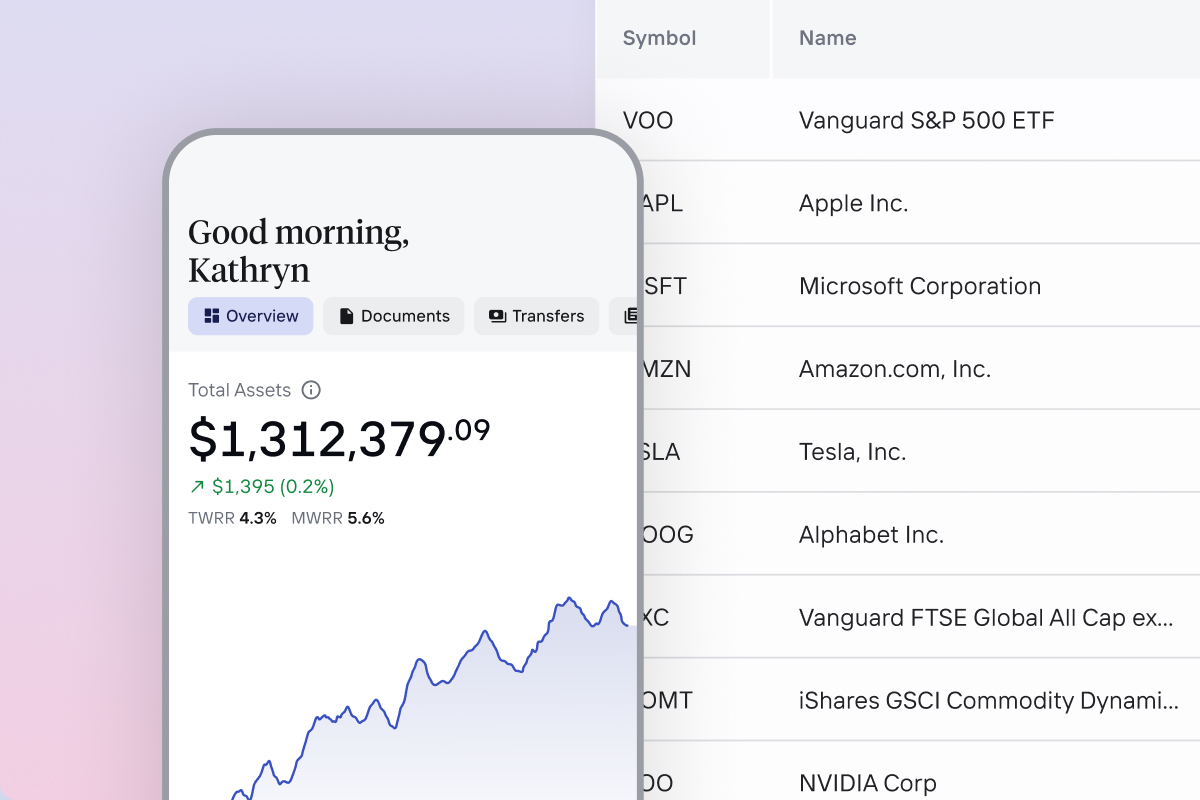In today’s competitive RIA landscape, your technology stack can be the deciding factor between an advisor joining your firm, or your competitor’s.
In 2024, roughly 35,000 U.S. RIA advisors moved firms, according to ISS Market Intelligence. While compensation still plays a role in these moves, it’s no longer the top deciding factor. Increasingly, advisors are weighing how well a firm’s technology supports them from day one: and that first impression can make all the difference.
Our recent contribution to WealthManagement.com explores why onboarding technology has become a powerful driver of recruitment, retention, and AUM growth.
The Hidden Cost of Inefficiency
A slow or disjointed onboarding process doesn’t just frustrate new hires. It ripples through the entire organization. Recruiting cycles stretch longer while advisors spend valuable client-facing hours troubleshooting systems instead of building relationships. Clients will also feel the delays, eroding satisfaction and loyalty.
In the close-knit advisor community, these experiences don’t stay quiet for long. A reputation for cumbersome onboarding can hurt a firm’s ability to recruit in the future, even if other aspects of the offer are strong.
Building an Advisor-Centric Tech Stack
Onboarding isn’t just a back-office process, it’s the first real test of your firm’s promise to new advisors. Advisors look to the firms and home offices as the experts. Demonstrating a proven ability to successfully onboard new practices builds confidence and reassures advisors being recruited that they are joining a partner who does this exceptionally well. Done right, it sets the tone for the relationship and accelerates their path to success. The most effective systems are modular, configurable, and designed for speed, flexibility, and easy integration. Here’s how to turn onboarding into a true competitive advantage:
- Map the onboarding journey and identify where technology slows things down.
- Adopt modular platforms with quick deployment, client-first design, and seamless integration with existing systems.
- Prioritize speed-to-revenue by choosing solutions that help advisors serve clients faster.
- Measure success using metrics like onboarding time, advisor satisfaction, and expense ratios to confirm ROI.
Advisors gravitate toward platforms that bring their core systems together—like CRMs, portfolio management systems, onboarding checklists and client portals—into one cohesive workflow. They appreciate technology that uses AI to streamline tasks, speed up document reviews, and spot potential compliance issues before they become problems. Just as importantly, they want an interface that feels simple and intuitive, making it easy to deliver a top notch experience to their clients.
The First Impression That Fuels Growth
With McKinsey projecting a looming advisor shortage, minimizing onboarding friction isn’t just smart, it’s essential to keeping top talent.
Modern, integrated technology signals that your firm is growth-oriented and committed to innovation. And when onboarding is efficient, advisors start generating revenue sooner, leading to earlier asset growth, improved productivity, and stronger firm-wide performance.
Read the full article in WealthManagement.com’s 2025 Midyear Outlook to learn how the right tech stack can become your firm’s growth engine.

.png)




